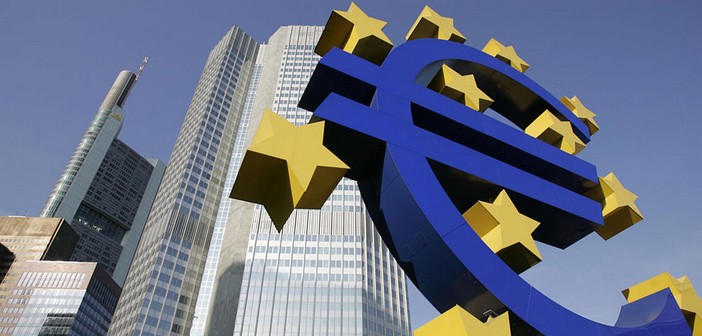
In its meeting yesterday, with a large majority (which is not insignificant when the principle of unanimity in decision-making, which can be paralyzing, is being surpassed), the ECB adopted a vast debt purchase program (QE).
This is a practice that the FED, the Federal Reserve of the United States, is familiar with, as are the Bank of England and the Bank of Japan. However, in Europe, it must be said, this is a major first.
Starting in March, the central banks of the 19 eurozone member countries will buy government bonds for a total amount of 60 billion euros each month, at least until September 2016. The goal is to bring inflation back to the 2% zone and, in so doing, keep borrowing rates low, reduce the cost of debt, and create the conditions for economic recovery.
A plan that meets expectations?
Given the amount of fresh money that will be issued, and the duration of the program, this monetary easing is indeed of the right size and timing. At least, that is the opinion of the markets.
The other good news is that it was adopted by a large majority within the Governing Council; there is thus momentum within the eurozone for it to work.
Among the opponents, one can of course imagine the Germans. But they should be reassured: Only 20% of these public debt purchases will be subject to a shared risk regime. For the rest, each central bank will bear the risk. Therefore, the German ants will certainly not be financing the Mediterranean grasshoppers.
What effects can be expected?
These measures will not work the miracle of reviving the stagnant economy of some countries on their own. One could say they are a facilitation but not the solution.
Moreover, the president of the ECB emphasized the importance of other policies being implemented to restore confidence in the eurozone.
Quantitative easing is not the alpha and omega, but a tool among many.
Super Mario, on the day he was established as one of the European and perhaps world leaders (what leadership capacity compared to Christine Lagarde who limits herself to a purely representational role) wanted to emphasize this to make things clear: On the one hand, there is the investment plan of over 300 billion promoted by the Commission, and then the ongoing reforms in the crisis-stricken countries that must continue to achieve the expected positive effects.
Some analysts consider this plan the ultimate opportunity for Europe to exit the crisis. The underlying question many are asking is: What if it doesn’t work?
To all those wondering if there is a plan B, Super Mario responds that it would be best, for now, to focus entirely on plan A.